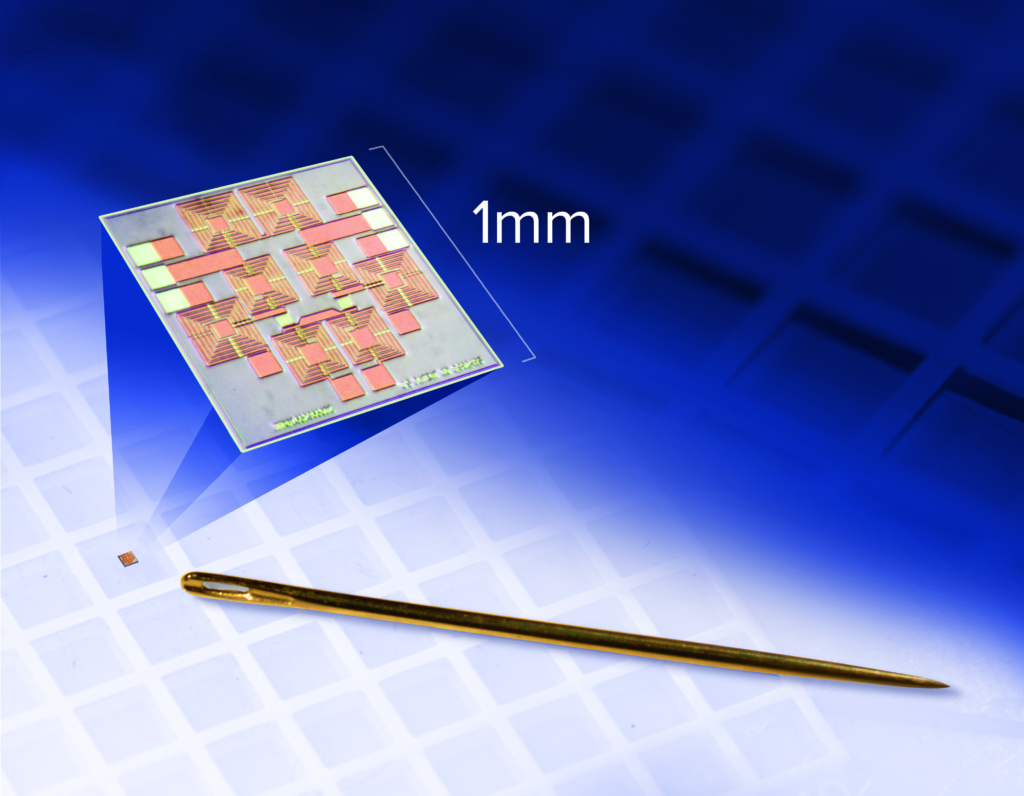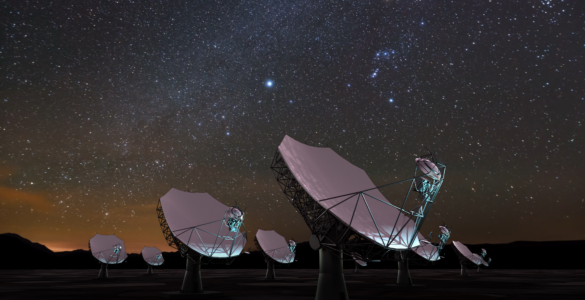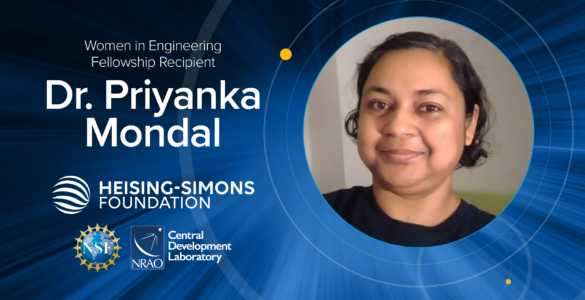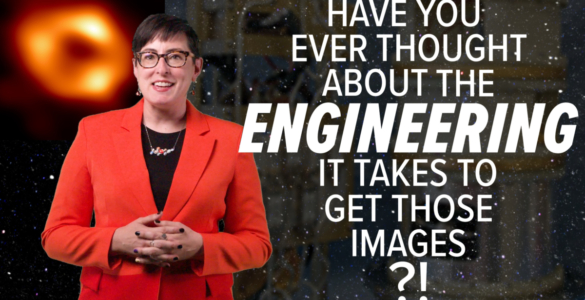The National Science Foundation (NSF) has awarded the National Radio Astronomy Observatory’s Central Development Laboratory (CDL) $250,000 in Partnerships for Innovation (PFI) funding to support the proof-of-concept development of high-performance reflectionless radio frequencyFrequencyA measure of wave vibrations per unit time. Typically measured in hertz, or cycles per second. In radio astronomy, high frequency corresponds to shorter wavelengths, like submillimeter waves detected by ALMA. Lower frequency refer to longer waves, like centimeter waves detected by the VLA. filters at 40 GHz and above for high-frequency applications, including wireless and defense.
CDL first partnered with Mini-Circuits of Brooklyn, New York in 2015 to bring its reflectionless filters to market through a technology licensing agreement. The partnership, managed through NRAO’s Technology Transfer program, created a major breakthrough in filter technology by reducing an absorptive—or reflectionless—filter to the size of tiny microchips. These new devices will implement the reflectionless filters in a new and improved Low-Temperature Co-fired Ceramic (LTCC) technology for a higher-frequency filter in a smaller and more cost-effective package.
“Reflectionless filters were originally developed for use in radio astronomy, and our plan is to implement them in the construction of the Next Generation Very Large Array (ngVLA),” said Bert Hawkins, Director of CDL. “When we licensed the technology to Mini-Circuits in 2015, we were excited at how well our technology transferred from the research world to broader uses. Packaged for use at higher frequencies, reflectionless filters have the potential to positively impact communications like 5G and DoD systems and supercharge the industry for new uses that we haven’t even thought of yet. This support is a recognition of that potential and gives us the ability to create a proof-of-concept.”
Aaron Vaisman, who leads LTCC product development at Mini-Circuits added, “LTCC technology will overcome several limitations of the process currently used to manufacture reflectionless filters. Our work with NRAO will deliver a new technology platform that can service the commercial market with filters that exhibit unparalleled performance, size, and cost in the millimeter-wave range, and ultimately extend to other types of components as well.”
Filters are a critical component of radio frequency systems, separating desired signals from undesired signals, such as interference or out-of-band noise. While traditional filters reflect unwanted signals back to the source, reflectionless filters absorb the unwanted signal, reducing interference and limiting signal degradation.
Reflectionless filters were developed and patented in 2013 by CDL research engineer Dr. Matt Morgan. “As we strove to develop better receivers for radio astronomy, we consistently found that the highest levels of performance were hindered by the reflections caused by conventional filters. We spend so much time in our field working to reduce reflections between components, it seemed odd that our filters would be designed to have such poor characteristics,” said Morgan. “I told myself there had to be a better way. So I set out to re-imagine what a filter should be like at a fundamental level, and the reflectionless filter design is what came out of that effort.”
In order to create the new higher-frequency filters, Mini-Circuits must first develop a new manufacturing process to keep the final microchip size small enough to use in modern electronics circuitry. “Semiconductor-based reflectionless filters work up to about 30 GHz in package, which is only part way to the low target of 40 GHz,” said Christophe Jacques, a co-author of the proposal and an engineer and Photonics Group Lead at NRAO. “We can’t use the current manufacturing process because it cannot achieve the performance at high-frequency needed for typical commercial applications. That’s where a new manufacturing process comes in.”
“Each advancement NRAO engineers make broadens our understanding of the Universe and our capability to unravel its mysteries,” added NRAO Director Tony Beasley. “These same technologies transfer to commercial applications smoothly and easily due to advantageous partnerships with commercial companies like Mini-Circuits, and this newest technology is poised to have a positive impact on society as a whole.”
NSF’s PFI Program helps scientists and engineers to increase the impact of their NSF-funded research discoveries by developing their technology into prototypes or proof-of-concept. The program has four goals: commercialization of new intellectual property derived from NSF-funded research, creation of new or broader collaborations with industry, licensing of NSF-funded research to third parties and/or the formation of start-up companies, and entrepreneurship training for future innovation leaders. The program focuses on research that can transfer from the lab to commercial markets for societal benefit.
Chris Simmonds, Mini-Circuits global product development strategist and co-author of the proposal said, “The PFI award is a fantastic opportunity to expand our collaboration with NRAO and push the development of reflectionless filter technology to the next level. We believe bringing together the skills and expertise of our partners at NRAO with Mini-Circuits’ industry-leading LTCC design capability will yield many benefits across all industries using RF circuits.”
“This award highlights the synergies leading to societal benefit from fundamental research and development,” said Debra Fischer, Division Director of Astronomical Sciences at the National Science Foundation. “We are proud of the innovative work done by CDL.”
About Mini-Circuits
Headquartered in Brooklyn, NY with design, manufacturing and sales locations in 30+ countries, MiniCircuits makes the building blocks that shape the wireless world. From communications networks and critical national security systems to life-saving diagnostic imaging, quantum computing and much more, Mini-Circuits products support the world’s most innovative companies in building a faster, smarter, more connected future with the power of RF, microwave and millimeter wave technology. 20,000+ customers prefer Mini-Circuits for the demanding quality standards, design and manufacturing capability, sales and applications support, and supply chain stability that have earned the industry’s trust since 1968.
Media Contact:
Amy C. Oliver
Public Information & News Manager, NRAO-HQ
+1 434 242 9584
aoliver@nrao.edu
Brandon Kaplan
Senior Technical Communications Manager, Mini-Circuits
+1 718 269 5216
brandon_k@minicircuits.com











